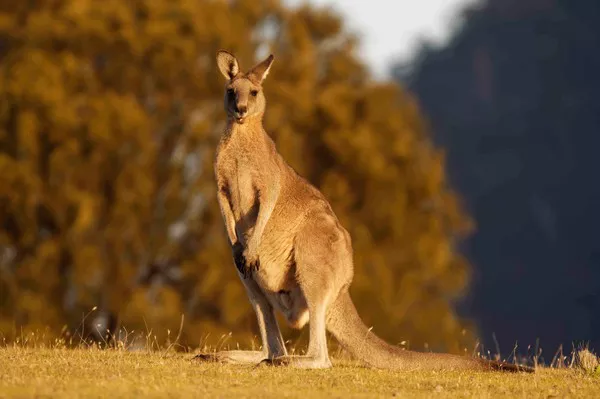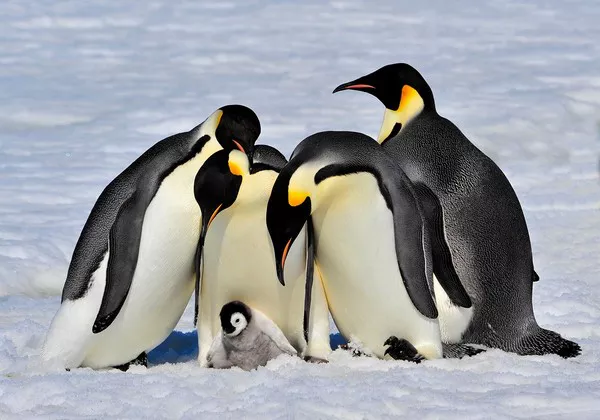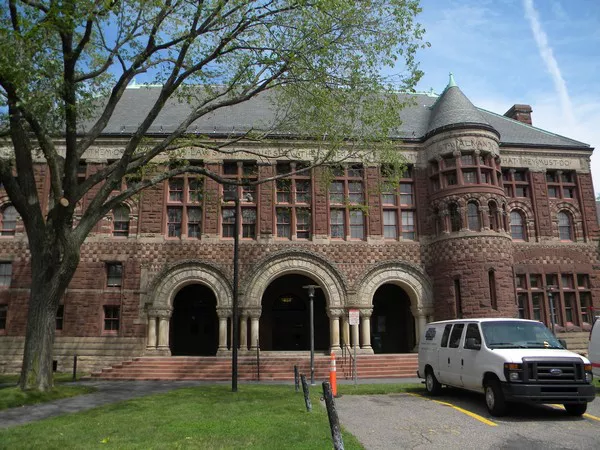In the lush rainforests of Northern Australia, Papua New Guinea, and nearby islands, an enigmatic and dangerous creature roams – the cassowary. While its vivid and striking appearance may captivate observers, there’s more to this avian species than meets the eye. In this exploration, we delve into the depths of why the cassowary is deemed the world’s most dangerous bird, unraveling the science behind its fearsome reputation.
Taxonomy and Classification:
Belonging to the ratite group, the cassowary is part of the family Casuariidae and is scientifically classified under the genus Casuarius. Three recognized species exist: the Southern cassowary (Casuarius casuarius), the Dwarf cassowary (Casuarius bennetti), and the Northern cassowary (Casuarius unappendiculatus). Each species shares common characteristics, including the distinctive casque atop their heads.
Physical Characteristics:
The cassowary’s striking appearance sets it apart from other birds. With a height ranging from 4 to 6 feet (1.2 to 1.8 meters) and a weight between 75 to 160 pounds (34 to 73 kilograms), it is the third tallest and second heaviest bird globally. Its black plumage, bright blue skin on its neck and head, and the helmet-like casque contribute to its unique and imposing presence.
Habitat and Distribution:
Native to the rainforests of Northern Australia, Papua New Guinea, and nearby islands, the cassowary thrives in dense, tropical ecosystems. Its habitat preference includes mangrove forests, swamps, and lowland rainforests. Their distribution, while once more widespread, has been significantly impacted by habitat loss due to human activities.
Diet and Feeding Behavior:
Cassowaries are omnivorous and have a diverse diet that includes fruits, seeds, insects, small vertebrates, and even carrion. Equipped with a unique digestive system, they play a crucial role in seed dispersal within their ecosystems. Their feeding behavior involves using their powerful legs to maneuver through dense vegetation and reach their food sources.
Cassowaries as Seed Dispersers:
The ecological significance of cassowaries extends beyond their physical prowess. Studies have highlighted their role as effective seed dispersers, promoting biodiversity and the health of rainforest ecosystems. The seeds ingested by cassowaries often pass through their digestive system unharmed, facilitating their germination when deposited in new locations.
Lethal Weapon: Cassowary’s Dagger-Like Claws:
One of the primary reasons behind the cassowary’s reputation as the world’s most dangerous bird lies in its formidable weaponry – its dagger-like claws. The innermost toe on each foot is equipped with a long, sharp claw, measuring up to 5 inches (12 centimeters) in length. This lethal feature is not to be taken lightly, as cassowaries are known to use their claws with astonishing speed and precision when threatened.
Territorial Behavior and Aggression:
Cassowaries are inherently solitary creatures, and their territories can span several square kilometers. While generally shy, they can exhibit aggressive behavior when they feel threatened or encounter perceived intruders. The cassowary’s aggression is a critical aspect of its dangerous reputation, and encounters with humans can result in serious injuries or fatalities.
Cassowary-Related Injuries and Fatalities:
Data on cassowary-related injuries and fatalities underscore the real dangers posed by these birds. Encounters between humans and cassowaries, especially in regions where they inhabit, occasionally lead to attacks. The injuries inflicted by their powerful kicks and slashes from their claws can be severe. While fatal incidents are rare, they have occurred, emphasizing the importance of caution and respect when in cassowary territory.
Conservation Status and Threats:
Despite their fearsome reputation, cassowaries face significant conservation challenges. Habitat loss due to deforestation, road accidents, and hunting are major threats to their populations. Conservation efforts are underway to address these challenges and ensure the long-term survival of these unique birds.
Cassowaries in Indigenous Culture:
In addition to their ecological significance, cassowaries hold cultural importance in indigenous communities. These birds are often revered and feature prominently in local folklore, rituals, and art. Understanding the cultural context surrounding cassowaries adds depth to the broader narrative of their existence.
See Also: Top 15 Pretty Birds In The World
Conclusion:
In conclusion, the cassowary’s distinction as the world’s most dangerous bird is rooted in its unique combination of physical attributes, territorial behavior, and the potential for aggression when threatened. While its lethal claws and powerful kicks are formidable, it is essential to appreciate the ecological role cassowaries play in rainforest ecosystems. Conservation efforts and responsible human behaviorare crucial for ensuring the coexistence of humans and cassowaries. As we navigate the complexities of sharing space with these remarkable creatures, respect and understanding pave the way for harmony between species in the intricate tapestry of our natural world.
You Might Be Interested In:


























